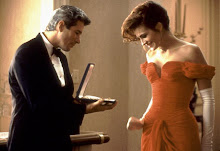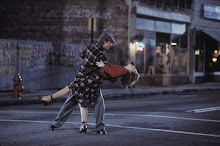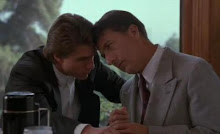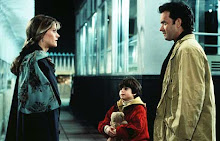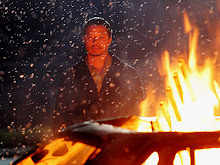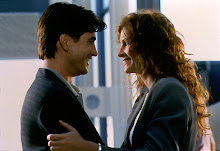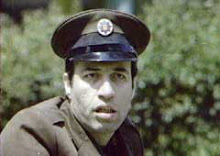Plot One:
There is a girl and her dream is to one day move to Paris and become a Moulin Rouge dancer. She spends everyday looking through books and dressing up like them. She lives in the Bronx with her mum, dad and sister. Her dad abuses the family and is an alcoholic. He doesn't really care about the family and leaves it up to the mum to look after them. The beginning of the film is about her struggle through life and all the problems she faces. When the girl is 14 years old her mum gets lang cancer and dies. The father puts the two children up
 for adoption and in the process they end up getting split up. The girl ends up living with a well off family in Washington DC.
for adoption and in the process they end up getting split up. The girl ends up living with a well off family in Washington DC. She changes into a different person and becomes very prim and proper and posh although she never truly fits in. Her foster parents dream is for her to become the first female president of the USA and she wants to please them so she follows this dream and brushes her old one aside. One day while she is running for president she manages to reunite herself with her sister. Her sister helps her rediscover her old self and the girl realises that being a president isn't the life she wants. She drops out of the elections and moves to Paris with her sister where she persues her dream of being a Moulin Rouge dancer.
I chose to cast Megan Fox as the girl because:
I chose to cast Megan Fox as the girl because:
- She has the right look for the character
- She has played similar roles before (for example, as Hope's daughter in 'Hope and Faith')
- From roles she has played before, and other work she has done outside acting e.g. photoshoots, she would be believable both as a moulin rouge dancer and a presidential candidate.


